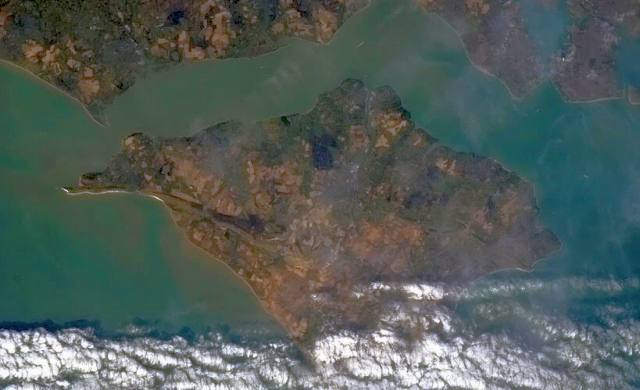The Isle of Wight has one of the lowest rates of abortion in England, according to NHS figures.
Last year, 12.3 women in every 1,000 aged 15-44 had an abortion.
Ranging rates
The rate for the whole of England is 16.5 but ranges from 9.6 per 1,000 women in York to nearly three times that rate in Barking and Dagenham.
The lowest rate was among women aged over 35.
The highest was for women aged 20 to 24.
In total, 256 abortions were carried out on the Isle of Wight in 2017.
2017 saw slight increase
The abortion rate across England peaked in 2007. In has been declining in recent years but on the Isle of Wight it rose slightly from 12.2 per 1,000 women of child-bearing age in 2016.
The figures show that 30% of the cases were classed as repeat procedures for a woman who had a previous abortion.
One of the most significant changes at national level in recent years has been a declining rate of abortion in younger women and a rising rate for women in their early 30s.
30-34 figures are up
This is happening in the Isle of Wight where in 2012 the rate for women aged 30-34 was 11.1 per 1,000 and five years later it was 12.6
Dr Kate Guthrie of the Royal College of Obstetricians and Gynaecologists said: “It is very encouraging to see a continuing decrease in the abortion rate for young women under the age of 25, and in particular for teenage girls.
“Meanwhile, abortion rates have been increasing for women aged 30 years and over. This may be due to the increasing number of sexually active women postponing first childbirth until into their 30s, and therefore having more years where contraception is required.”
Majority early
Most abortions on the Isle of Wight were carried out in the first ten weeks of pregnancy, 80%. Just 10% were done after 13 weeks.
Abortions can be carried out by a surgical operation or by taking a drug. Surgery is more common than the medical route in the Isle of Wight.
Differing reasons
Dr Guthrie said: “The reason for choosing abortion may be different in different pregnancies. Women have to make hard choices within their circumstances at the time.”
She said that spending cuts leading to pressure on sexual health services were a concern.
“Sustained reduction in the public health budgets has led to widespread sexual health service cut backs.
“It is absolutely crucial for women to have access to effective contraception and sexual health services. This will enable them to take control of their health and fertility by preventing unwanted pregnancies and sexually transmitted infections.”
National picture
In 2017, 189,859 women living in England and Wales had an abortion plus 4,809 women who were non-residents. The data shows that just over 60% of those women came from the Republic of Ireland, where a recent referendum resulted in a vote to change the country’s strict abortion laws.
A further 20% were from Northern Ireland, where very tight controls on abortion remain and campaigners are lobbying to bring the area into line with the rest of the UK.
An abortion is permitted under the Abortion Act if two medical professionals agree that having the baby would be a risk to the physical or mental health of the mother. Abortion is also allowed in cases where a child would be born with a serious handicap. This accounted for just 2% of abortions in England in 2017.
Data Reporter Gary Rogers shares this latest news as part of as part of the new data collaboration with Urbs Media and Press Association. Ed
Image: © Chris Hadfield





